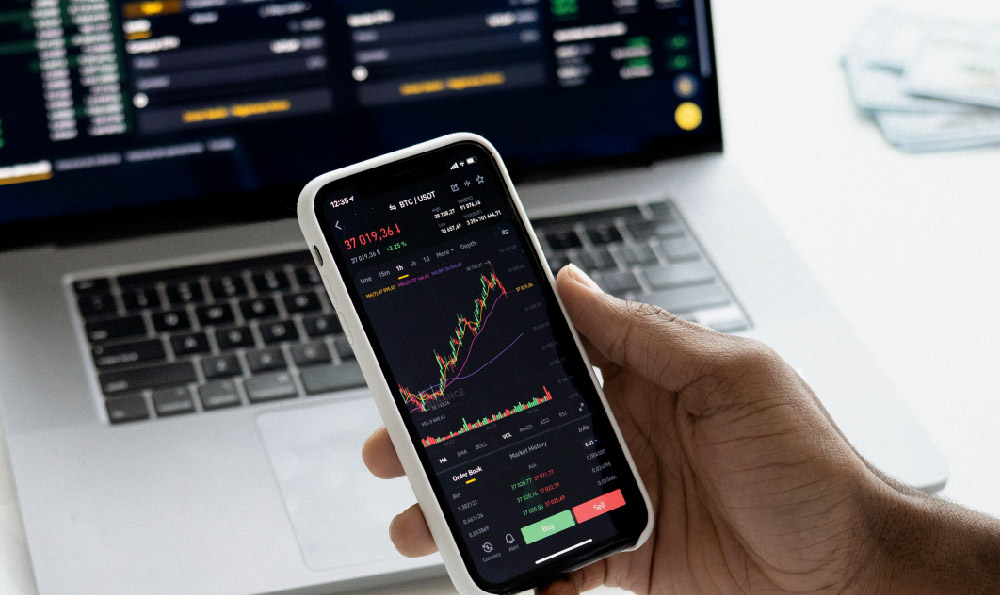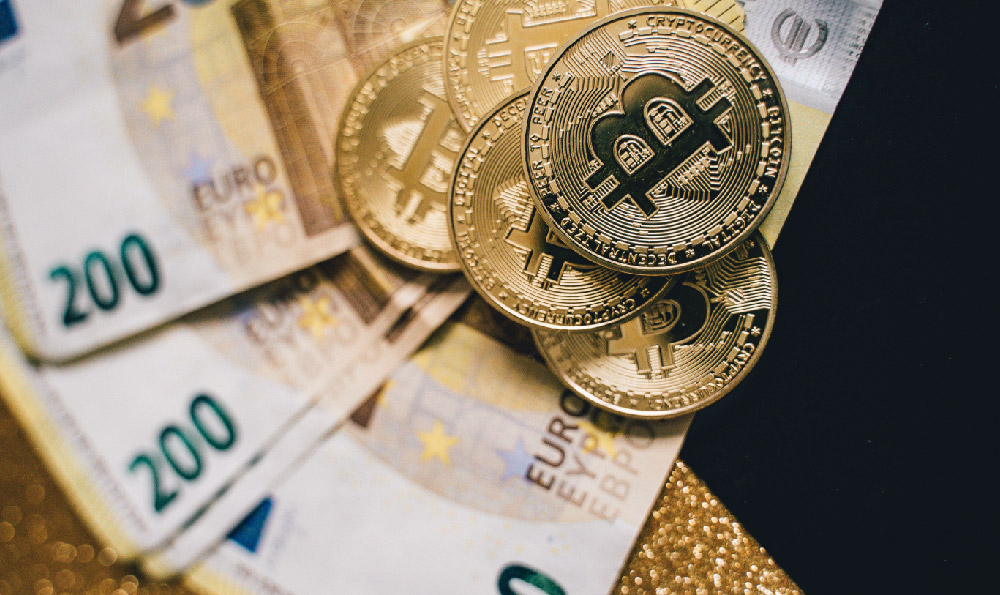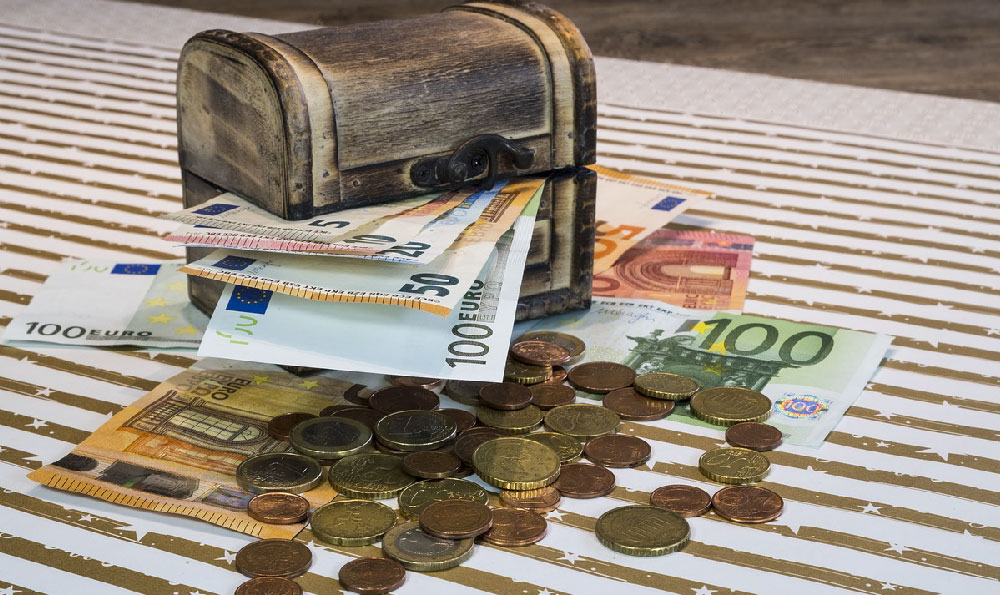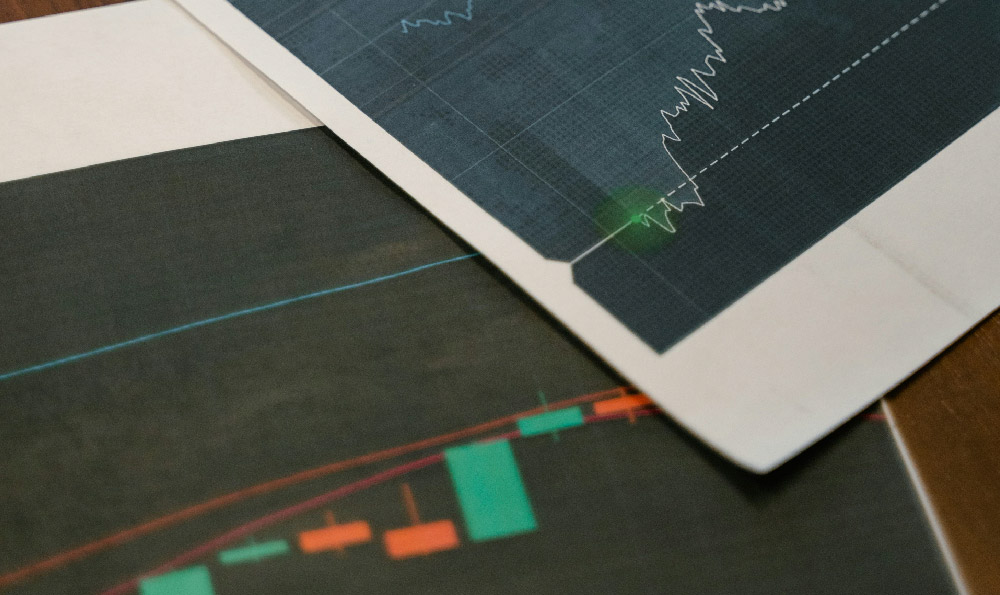How Much Can Spotify Pay You: Is It Worth It?

Okay, I understand. Here's an article written from the perspective of an investment and personal finance expert, exploring the financial realities for artists on Spotify, aiming to provide a comprehensive overview without using a point-by-point structure or numbered lists, and avoiding repetition of the title.
Here's the article:
The dream of being a musician, once confined to recording contracts and radio airplay, now seems within reach for anyone with a laptop and an internet connection. Platforms like Spotify have democratized music distribution, allowing artists to share their creations with a global audience. But the crucial question remains: can Spotify provide a sustainable income for musicians, or is it merely a platform for exposure? The answer, as with most financial endeavors, is complex and nuanced.
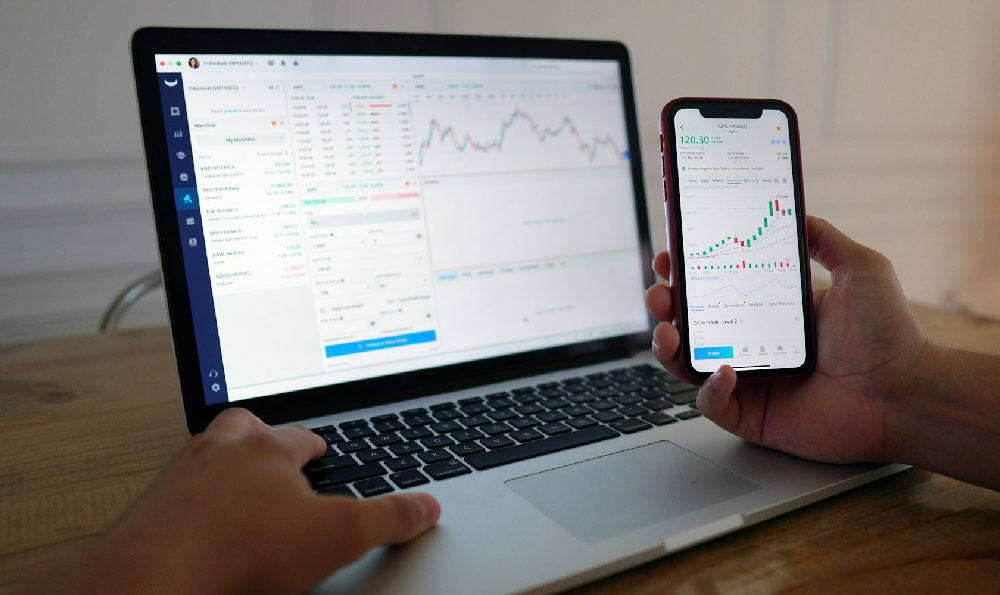
One of the most common questions musicians ask is centered around per-stream royalties. Spotify’s royalty rates are notoriously opaque and fluctuate depending on a multitude of factors. These factors can include the listener's location (different countries have different rates), the listener's subscription type (Premium vs. free), and Spotify’s overall revenue in a given period. Because the royalty pool is divided up amongst all artists based on listening share, if Spotify's revenue increases, the royalty pool also grows, and vice versa.
This variability makes it incredibly difficult to pinpoint an exact per-stream payout. However, industry estimates typically place the royalty rate somewhere around $0.003 to $0.005 per stream. That means an artist would need approximately 250 to 333 streams to earn just one dollar. At a rate of $0.004 per stream, you would need 250,000 streams to earn $1,000. The realities of these numbers paints a clear picture: to achieve a truly substantial income solely from Spotify streams requires a monumental amount of plays.
Beyond the base royalty rate, several other factors influence how much an artist actually pockets. For instance, distribution agreements play a key role. Artists typically work with distributors to get their music onto Spotify. These distributors often take a percentage of the royalties earned, ranging from a small percentage for established distributors to a more significant cut for newer or independent services. The type of agreement also matters. Non-exclusive agreements, where the artist can distribute their music through multiple channels, typically result in the artist retaining a larger share. Exclusive agreements, while potentially offering increased promotional support, often come with a higher commission rate for the distributor.
The intricacies of copyright law further complicate the payout structure. Spotify doesn’t directly pay artists; instead, it pays rights holders. This distinction is crucial. The rights holders are generally the record labels, publishing companies, and songwriters who own the copyright to the music. The money from streaming royalties is divided between the master recording rights (owned by the label or artist who owns the recording) and the publishing rights (owned by the songwriter and publisher). Therefore, an artist who writes and performs their own music will receive royalties from both streams and publishing, while an artist who only performs covers will only receive money from streams.
Moreover, the impact of playlists is undeniable. Getting your music featured on popular Spotify playlists can provide a massive boost to your stream count and, consequently, your earnings. However, the competition for these coveted spots is fierce. Some artists and labels engage in payola-like practices, offering incentives to playlist curators to include their music. While technically against Spotify's terms of service, these practices are rumored to be widespread, creating an uneven playing field. It should also be noted that algorithmic playlists, such as Discover Weekly and Release Radar, also drive considerable streams, and success here is much more closely correlated with listener engagement.
So, with all these factors to consider, can you make a living solely from Spotify? For the vast majority of artists, the answer is no. Relying solely on streaming royalties for income is extremely difficult, even for artists with a substantial following. However, Spotify can be a valuable tool for building a fanbase and generating exposure, which can then be leveraged into other revenue streams.
These alternative revenue streams are crucial for artists to survive and thrive in the modern music industry. Live performances, merchandise sales, crowdfunding campaigns, direct-to-fan platforms, and licensing agreements (for film, television, and video games) all offer opportunities to generate income beyond streaming. Building a strong brand and cultivating a loyal fanbase are essential for success in these areas.
For example, a musician might use Spotify to gain listeners, then promote their upcoming concert on the platform. Revenue from the concert and merchandise sold at the venue can supplement the relatively small income generated from streams. They might also offer exclusive content or early access to new music through a subscription service or Patreon, creating a more direct and reliable revenue stream.
Ultimately, Spotify should be viewed as a piece of a larger puzzle. It’s a powerful tool for distribution and discovery, but it's not a get-rich-quick scheme. Success on Spotify requires a multifaceted approach that combines high-quality music, strategic promotion, and a diverse range of income streams. Understanding the complexities of streaming royalties and the broader music ecosystem is essential for any artist hoping to turn their passion into a sustainable career. Diversifying income streams and understanding business and marketing fundamentals is vital for artists to not only survive, but flourish in the modern music landscape.


